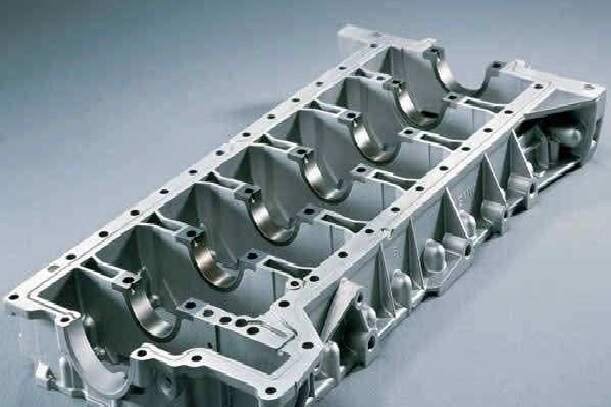Scavenging and turbocharging
With reference to turbo-chargers:
a) state how the in-service performance checks are undertaken for EACH of the Following:
i) the gas side
ii) the compressor
iii) the suction filter
iv) The after cooler
b) State with reasons the action require to maintain satisfactory performance of
i) The turbine
ii) The compressor
b) Should in-service vibration be experienced state with reasons the possible causes?
GAS SIDE: The main monitoring data is the temperature differential across the T/C for a given turbocharger speed. It gives an indication of energy converted by the gas side, i.e: nozzle ring and blade. The fall off performance of these components would be mainly due to fouling. COMPRESOR SIDE: The compressor performance would be reduced by fouling of the compressor wheel and diffuser. This fouling would also cause the scavenge air pressure to fall, whilst the T/C was maintaining a stable speed and all other parameters were normal. Hence the delivery pressure of the compressor would be monitored.
SUCTION FILTER: The suction filter performance can be checked by the followings: –
Scavenge air pressure – Pressure drop across the filter. A manometer fitted across the filter will show an increase in differential pressure.
AFTER COOLER: The after cooler performance would reduce when fouling is present. – If the fouling is at the air side this would be monitored by measuring the air pressure drop across the cooler. – If the fouling is at the water side this would be monitored by the reduction in temperature difference between the cooling water inlet and outlet. The performance of the turbine is maintained by:– The fuel combustion should be kept to an optimum condition. – The cylinder oil doses should be avoided. – Regular in-service cleaning, The in-service cleaning can be carried out using either dry cleaning involving dry particle cleaning, and/or water washing of the turbocharger using warm water and air blast . – Manual cleaning of the turbocharger on a yearly operational running hour routine. The performance of the compressor is maintained by: – Regular in-service cleaning, supplemented by manual cleaning of the compressor and diffuser on a yearly operational running hour routine. – The in-service cleaning can be carried out using a small quantity of warm water injected into the turbocharger suction housing at full T/C speed. This cleaning can be carried out twice weekly. – The air drawn into the compressor should be as clean as possible. The air filter should be maintained in good condition. The T/C can vibrate due to the following causes:– Rotor imbalance following inadequate in-service cleaning. – Vibration can be caused by the blade failure due to corrosion, fatigue, failure of a portion of lacing wire. – Rotor imbalance due to failure of the rotor support bearings. – Rotor imbalance due to rotor damage from an object displaced from the cylinder, such as a broken piston ring or exhaust valve. – Surging of the turbocharger, when the unit is operated close to the surge line possibly due to a fouled hull.– Vibration transmitted to the turbocharger unit from an adjacent machinery unit.



[…] Must read :- Turbocharging and scavenging […]